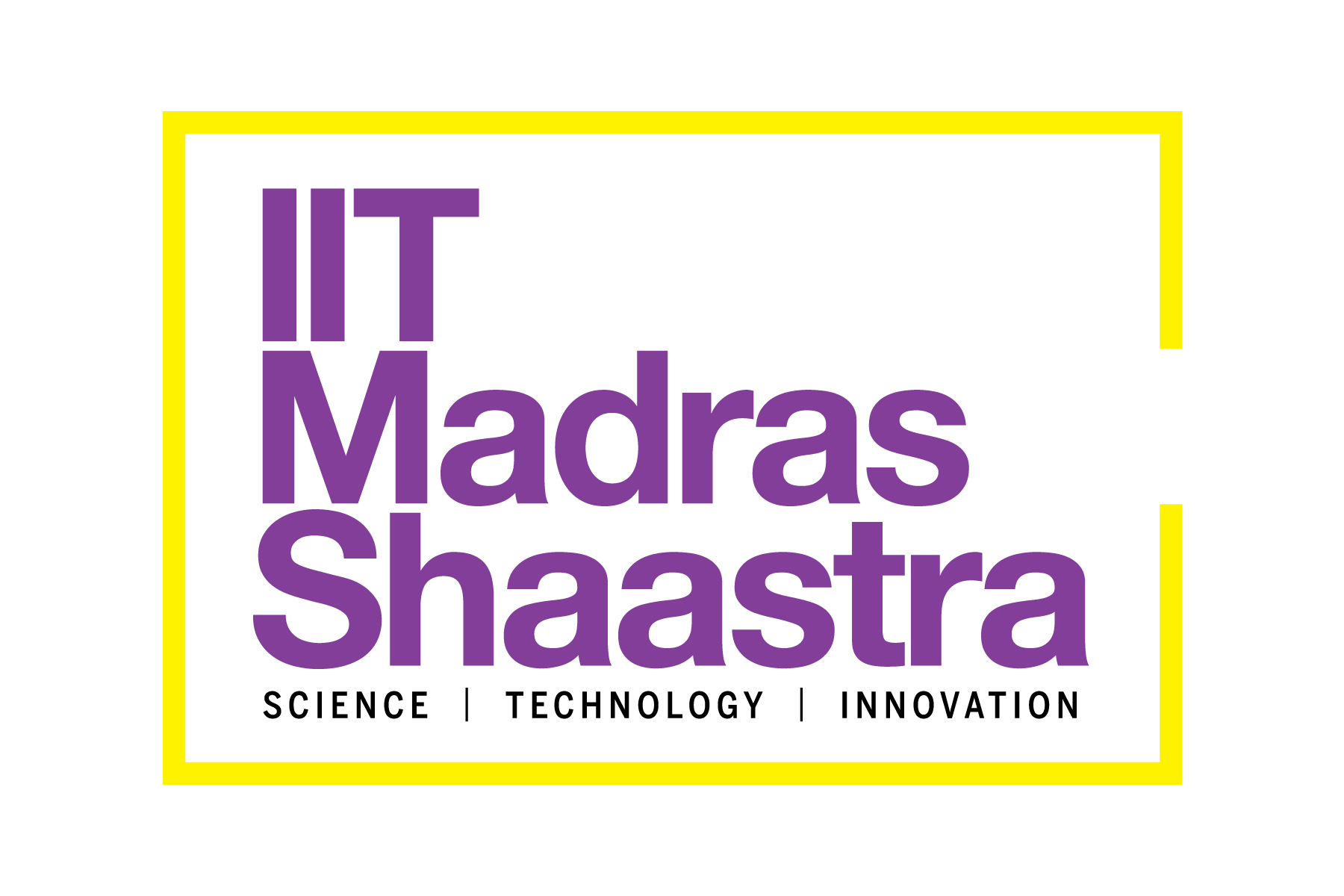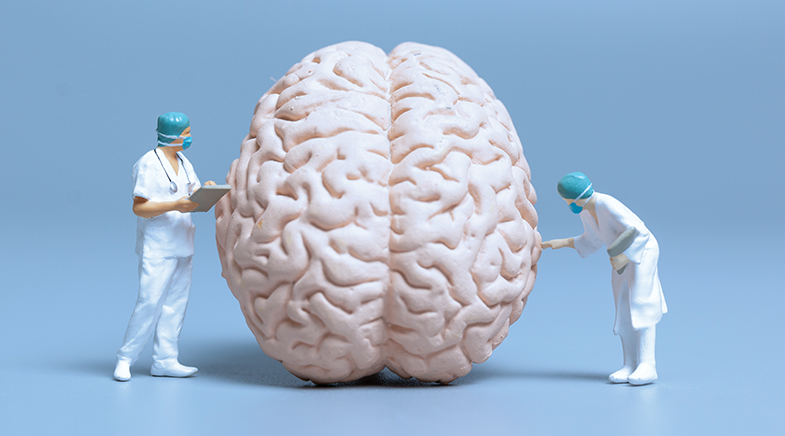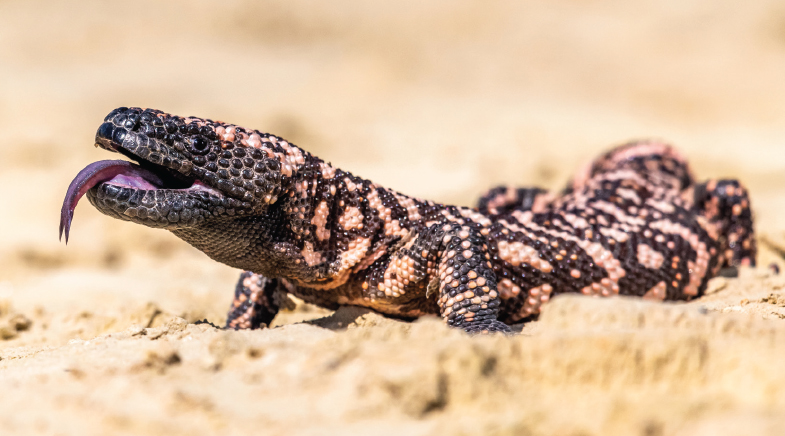The brain project
-
- from Shaastra :: vol 04 issue 01 :: Feb 2025

The brain research project we report on hopes to contribute to the global effort to understand the human brain.
Journalism thrives on news. It is the foundation on which sophisticated journalistic narratives are built – and that's true even for a science magazine such as Shaastra. However, for a monthly magazine, news has a connotation different from that of a website, newspaper, or weekly. The news of the month is passé when Shaastra hits the stands. Yet, some of our stories follow from news of the previous month. Those are events that we think need expansion or context. The current Cover Story is one such.
In December 2024, the Journal of Comparative Neurology published a paper along with a set of data by scanning a foetal brain at cellular resolution, at roughly a few millionths of a metre. The paper was based on the work of researchers at the Sudha Gopalakrishnan Brain Centre at IIT Madras and other institutions: it was the first full map of the human brain at this resolution. We had published the news story in our previous edition (A 'meta-atlas' is mapped), as had newspapers and other magazines. Here, we delve deeper.
The best of Indian science has shown that cleverly planned projects can produce surprising results with small budgets.
There has been an enormous boost to brain research programmes in the past two decades. Almost all the action is in China and developed countries, some of which have set up large institutions and collaborative programmes. The European Union's Human Brain Project started in 2013 to develop circuit-level understanding of the human brain, with modelling and simulation at the core. The U.S. set up its Brain Research Through Advancing Innovative Neurotechnologies (BRAIN), also in 2013, to develop technologies that can open new windows to the brain. Japan's Brain Mapping by Integrated Neurotechnologies for Disease Studies (Brain/MINDS) started with the aim of mapping in detail the brain of the marmoset monkey, and is expected to offer insights into human brain diseases. The China Brain Project started in 2016, mainly to understand the neurological basis of cognition, with the added aims of developing methods to diagnose and treat neurological diseases. All of these supplemented other programmes and institutions that had started early in this century.
Compared to all these projects, brain research in India is in its infancy – although, in fact, the National Brain Research Centre, the country's first dedicated brain research centre, was set up in Manesar in Haryana in 1997. The Centre for Brain Research was set up at the Indian Institute of Science (IISc) in 2022, with a donation of ₹280 crore from philanthropist and Infosys Co-founder Kris Gopalakrishnan. Clinical research was being done at the National Institute of Mental Health and Neuro Sciences, set up in its current form in 1974. Many other scientific research institutions also have departments in neuroscience. All of these pale in comparison with the scale of neuroscience research in developed countries. The China Brain Project has an investment of $746 million. The E.U. project got investments of nearly €1 billion, while the U.S. project has got nearly $4 billion so far.
MORE WITH LESS
Our Cover Story is written from a developing country perspective and is meant to throw light on the value of smaller programmes done with much smaller budgets. Indian researchers have been caught in this dilemma since independence. Unlike in technology, scientific research happens mostly at the frontiers. A nation can reinvent a technology – space technology, for instance – and put it to good use, but scientific discovery happens only once in the world. How can researchers working with low budgets compete with the big-budget nations and make impactful discoveries? The best of Indian science has shown, repeatedly, that cleverly planned projects can produce surprising results with small budgets. The brain project that is part of this Cover Story hopes to join some of these successful Indian research projects.
To provide contrast to the tough task of human brain imaging, the story also looks at the ongoing projects to map the fly connectome, the set of all connections in the brain. This effort, from researchers around the world, has provided extraordinary insights into how the fly brain works in real time. The holy grail of the field is to understand the human brain in similar detail. No one really expects this goal to be achieved anytime soon.
See also:
Have a
story idea?
Tell us.
Do you have a recent research paper or an idea for a science/technology-themed article that you'd like to tell us about?
GET IN TOUCH














